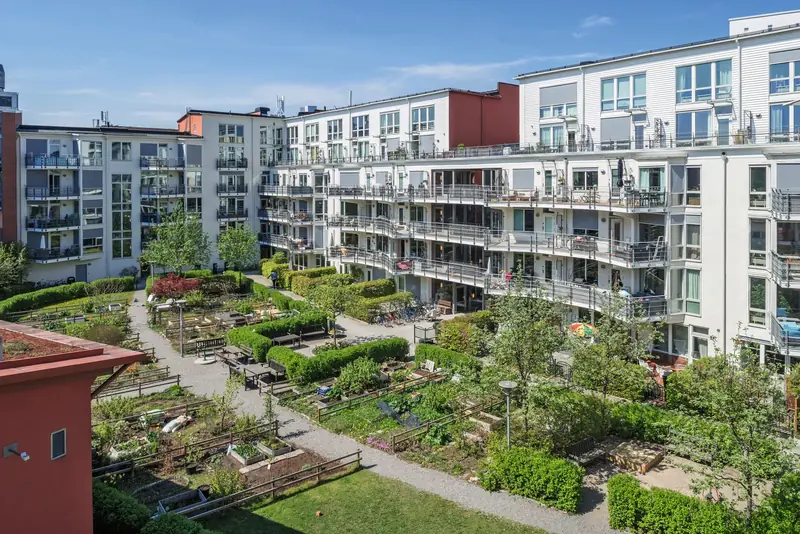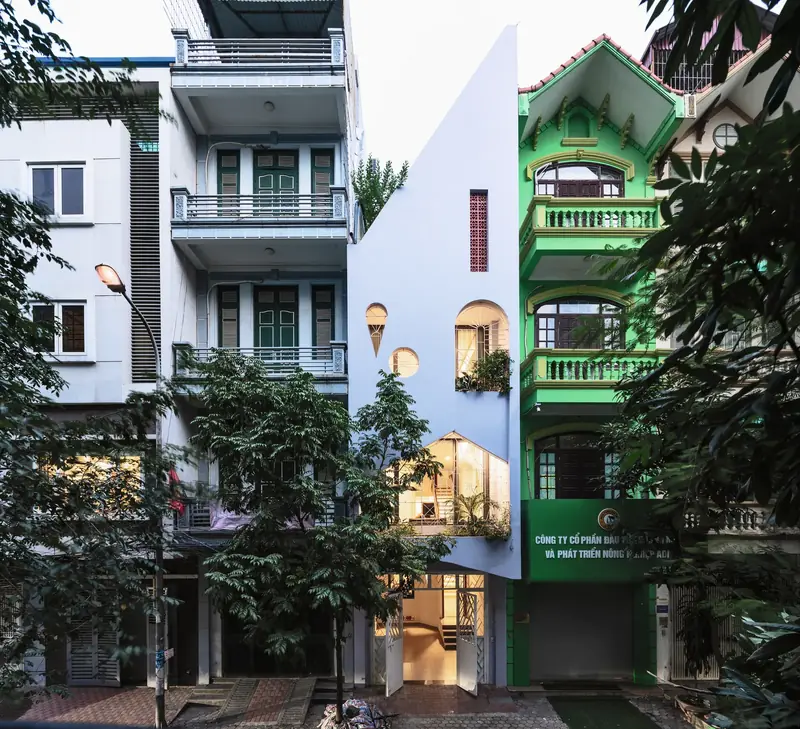
The modern world is grappling with a host of challenges—climate crisis, depletion of natural resources, an aging population, and urban expansion. Consequently, humanity is in need of a different quality of life, which can be provided by eco-friendly homes.
This is the focus of Avi Friedman’s new book, “Houses of the Future: Sustainable Innovative Projects” (published by Images Publishing, Australia). Here are a few of these designer buildings that offer an environmentally friendly and aesthetically pleasing lifestyle.
SysHaus (São Paulo, Brazil)
These projects were designed by architect Arthur Casas for the prefabricated home company SysHaus. All materials used in construction are recyclable, as reported by Architectural Digest. Future homeowners can opt for a green roof with grass, like the one in this São Paulo house, a rainwater collection system, solar panels, and a bioreactor that converts waste into gas for heating or cooking.
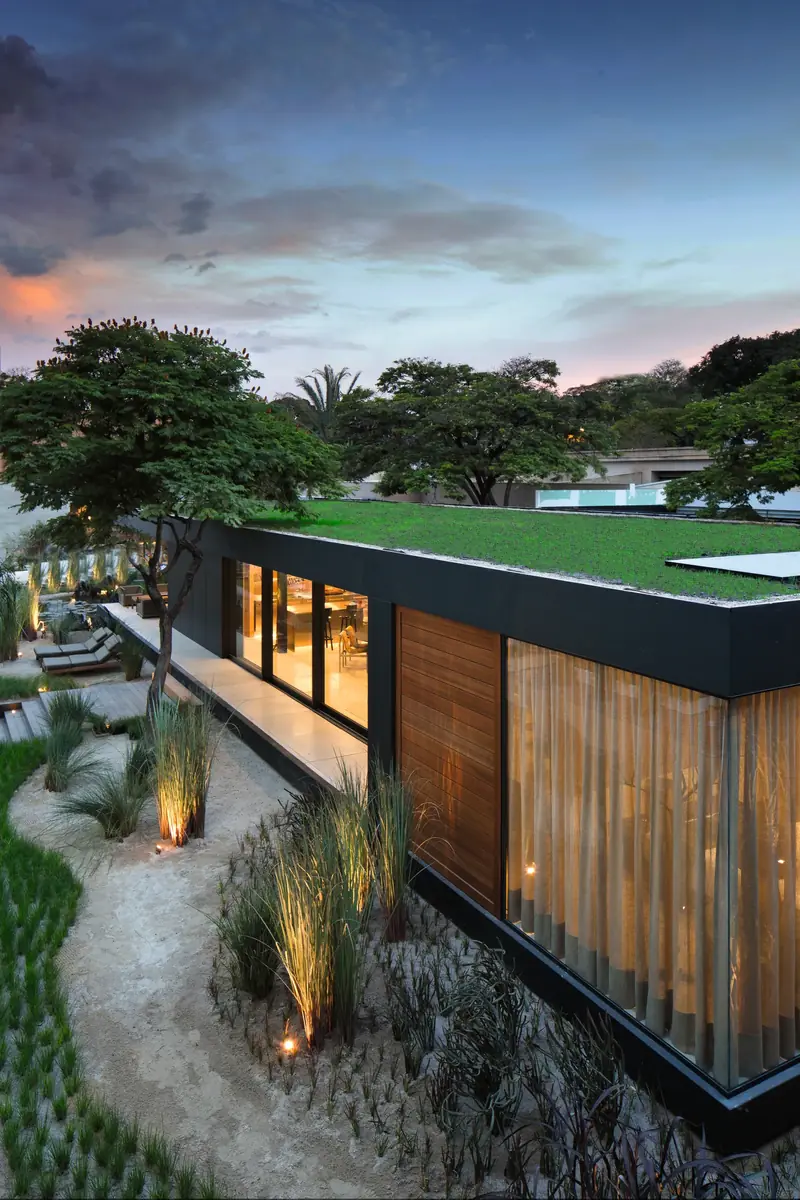
Holmberg House (Belgrano, Argentina)
An innovative water supply and circulation system is one of the standout features of the Holmberg House. This system resembles a gym for the plants that cover the facade, creating a unique microclimate. Pipes along the facade facilitate water circulation, allowing it to flow from one reservoir to another.
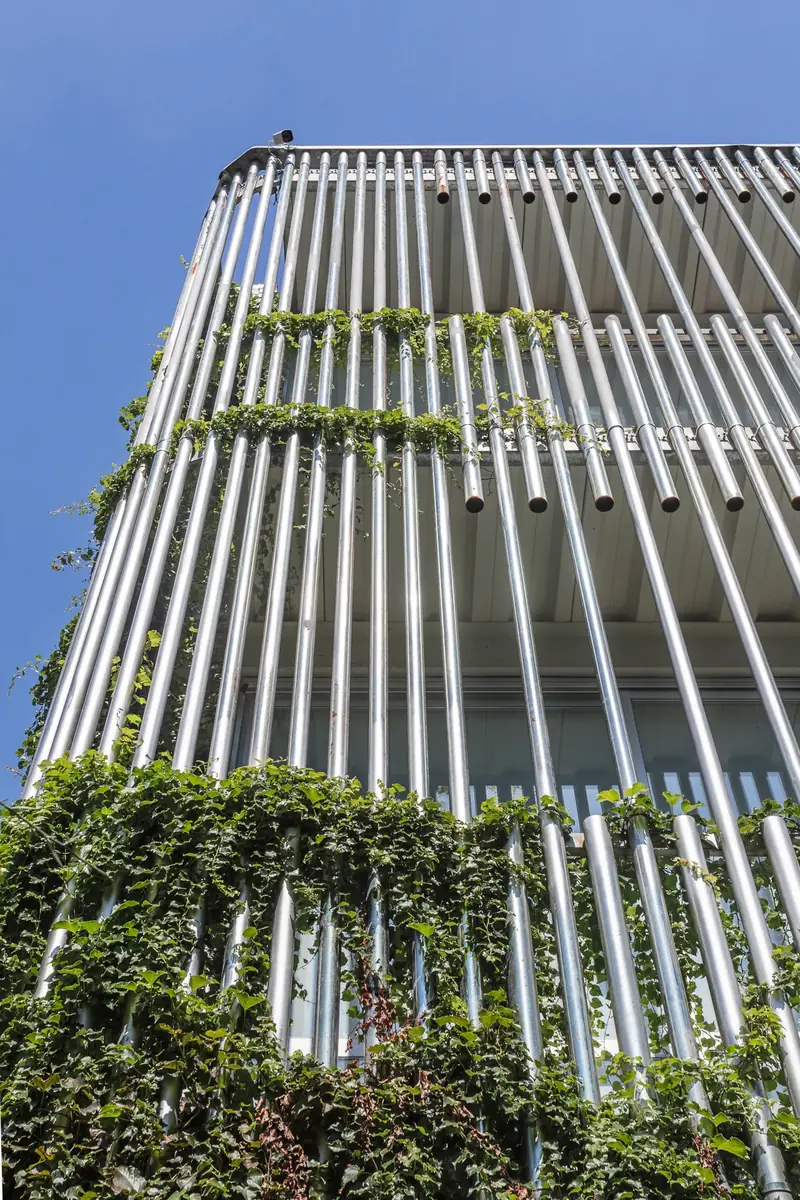
Living Screen House (Sydney, Australia)
In addition to a corridor pool that runs between the walls of this Sydney home, perhaps its most striking feature is the facade. It is made of a wooden lattice with windows and perforated metal panels.
The house has a vibrant appearance, but that’s not its main highlight. It is filled with light thanks to numerous autonomous wall screens with LED backlighting scattered throughout the space. The home is equipped with a smart home system aimed at environmental protection, which monitors electricity usage, including turning off lights. Solar panels are installed on the roof, and the house also features a water collection and reuse system.
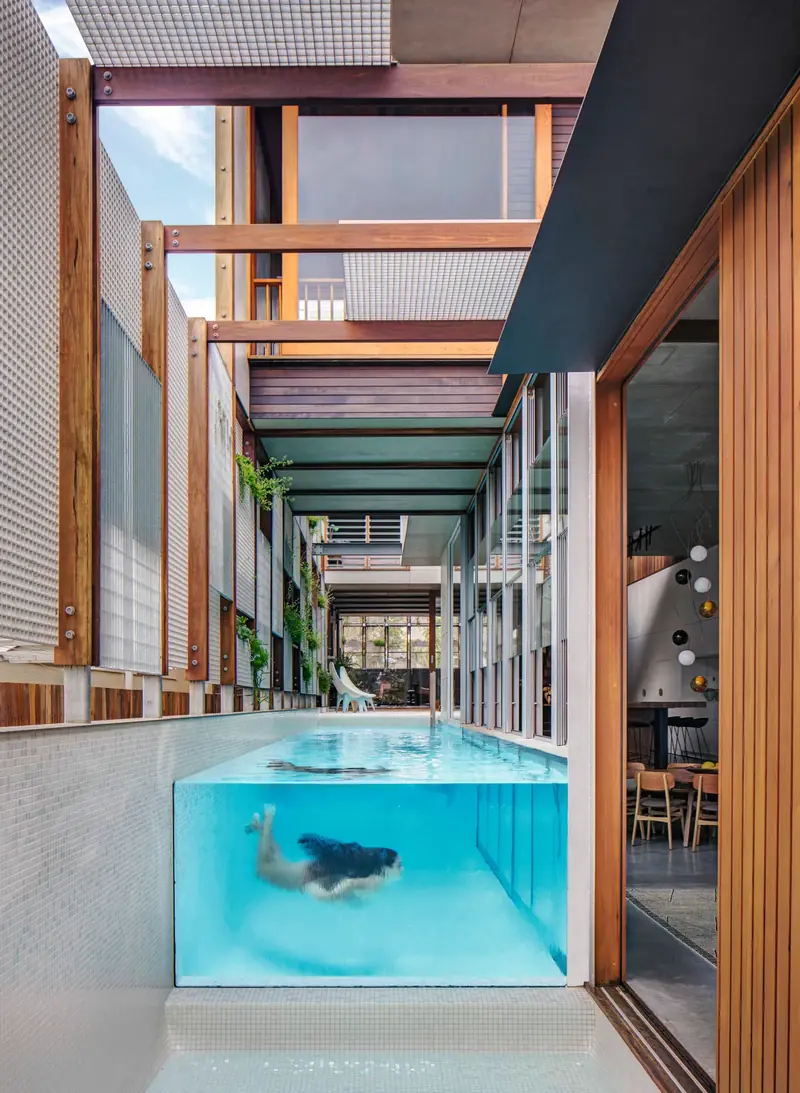
Limestone House (Melbourne, Australia)
Designed by John Wardle Architects, the “Limestone House” in Melbourne was built according to Passivhaus standards (low energy consumption through passive energy-saving methods) and the Living Building Challenge (construction with minimal environmental impact). Thanks to its airtight construction, triple-glazed windows, and high-efficiency insulation, the house requires very little energy for heating or cooling.
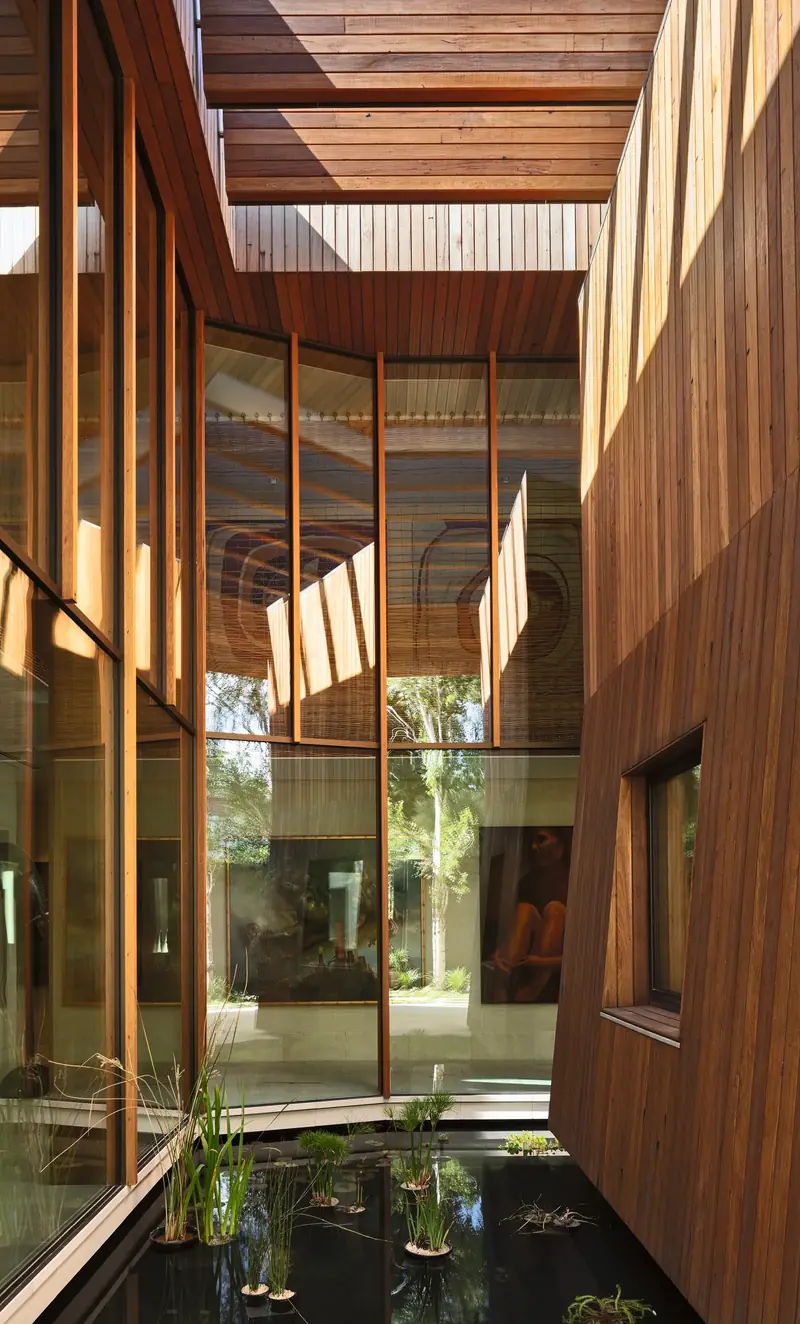
Đai Kim House (Hanoi, Vietnam)
The design of the Đai Kim House in Vietnam takes into account the residents’ need for maximum ventilation. One of the developers’ priorities is to “counter monotony,” resulting in the visual appeal of the house. This is achieved, in part, through the creation of a unique, colorful facade. The design positively impacts the aesthetics of the neighborhood and enhances the sense of individuality among the residents.

Marmalade Lane Cohousing Project (Cambridge, UK)
This cohousing project, designed by Mole Architects, aims to bring together residents who seek a socially active and environmentally friendly lifestyle. Neighbors know each other and lend a helping hand. The modular living units range from one-bedroom apartments to four-bedroom houses. Like other cohousing communities, it features shared spaces: a library, kitchen, sauna, children’s room, and more. The parking area is located outside the residential complex.
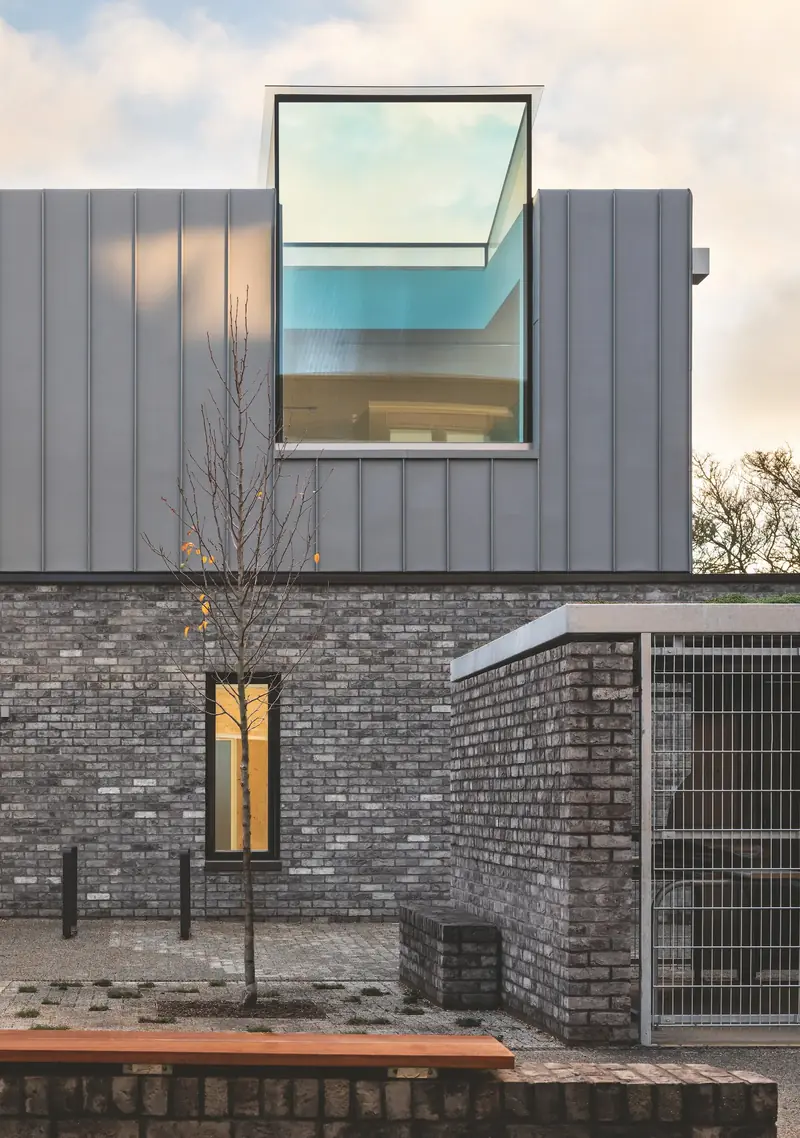
Hammarby Sjöstad (Stockholm, Sweden)
This residential complex in Stockholm was built with one primary goal: to provide residents with alternative ways to navigate urban spaces. Currently, there are no cars in this area. The city’s success is largely attributed to several strategies implemented by Stockholm’s authorities and creative developers. These include creating easy access to public transport and wide sidewalks, as well as the proximity of residential areas to business and commercial districts.
